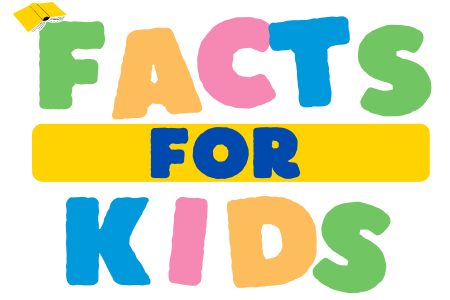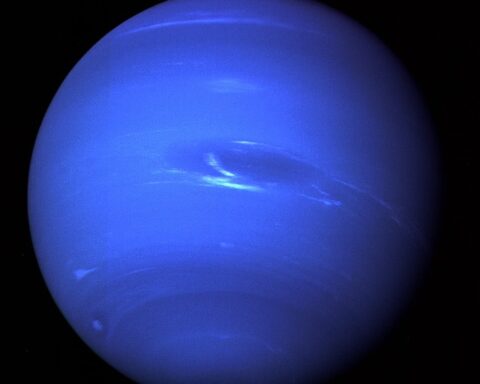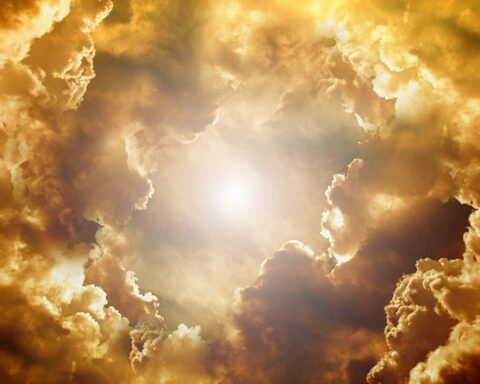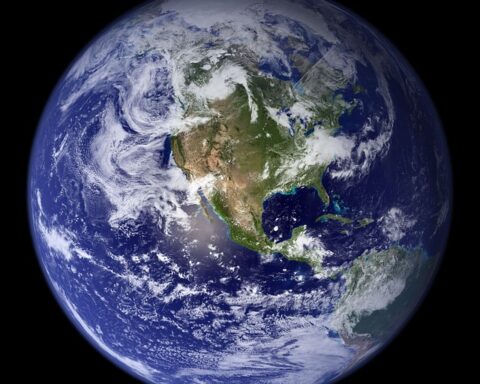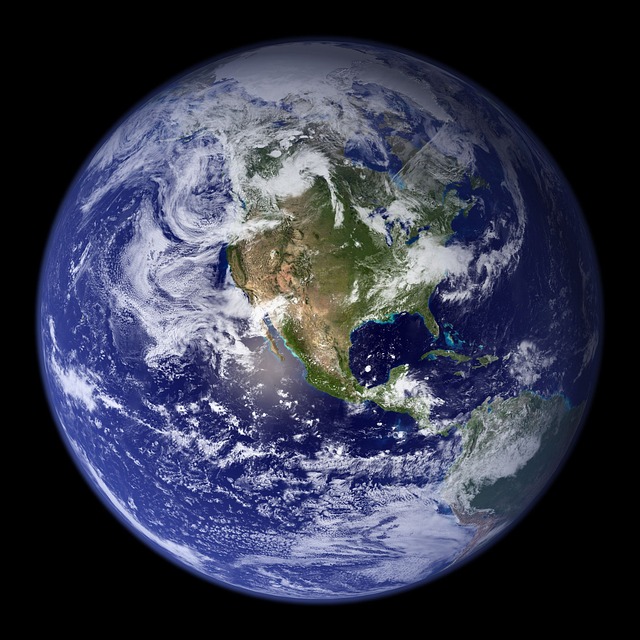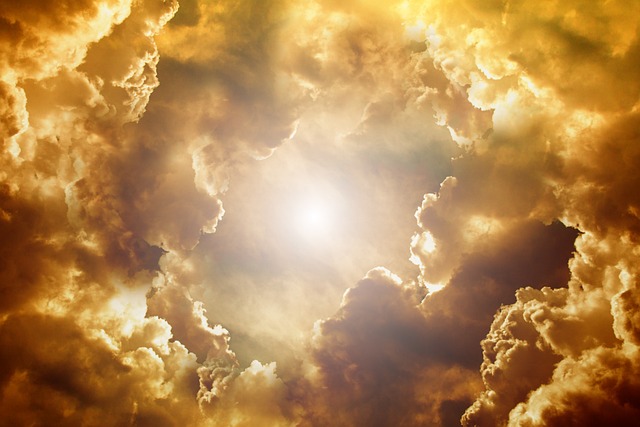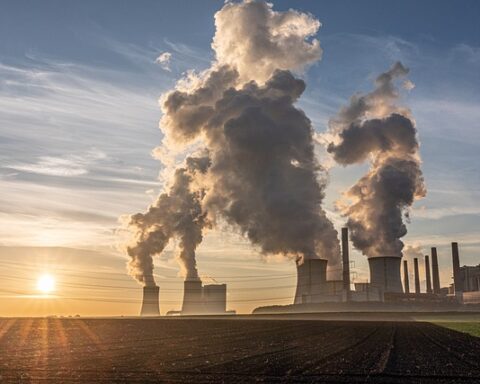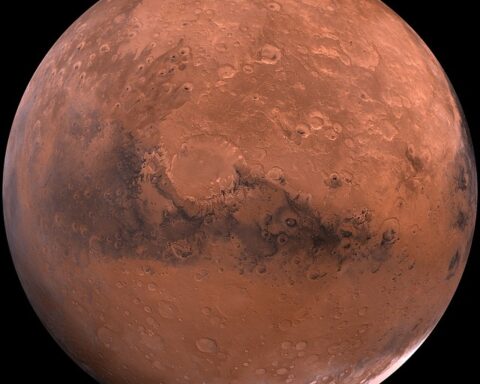Since Moon is the only planet in our solar system to which humans have reached so far, so there is a lot to know in Moon facts for kids. The size of the Moon is much smaller than the Sun but it’s quite big as compare to our planet. Unlike the Earth, the crust, mantle and core of Moon are different and unique. Having the radius of about 240 km, the inner core of Moon is compact. Above the core, there is a somewhat melted coating of almost 500 km in radius. The experts believe that the thickness of crust is about 50 km. Even though Moon is the second most condensed satellite, yet the size of the inner core is not big (just 350 km, which is about twenty percent of the Moon’s own size). Now enjoy reading some of the most appealing Moon facts for kids and see if it adds something new to your current understanding.
Most Remarkable And Stimulating Moon Facts For Kids
Moon is the 5th biggest satellite of our solar system.
It is also the biggest as well as the single satellite of Earth.
The satellite of Jupiter, lo, is the thickest satellite and Moon is the next heaviest of all satellites.
Moon is the next most dazzling celestial body present in the sky after Sun.
The distance between the Earth and Moon is getting bigger by 38 mm every year. Isn’t it one of the weird Moon facts for kids?
It is believed that the Moon was created almost 4.5 billion years before.
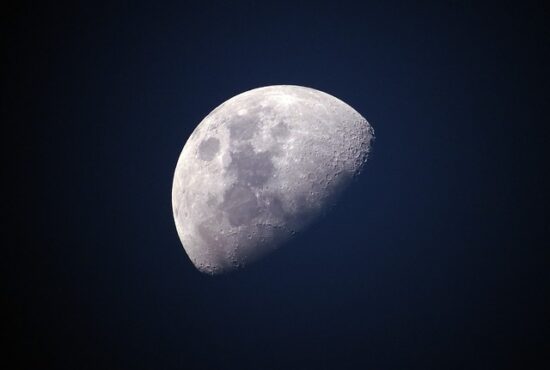 When the Earth collided with another celestial body (almost the size of Mars), the fragments that were developed as a result of this massive collision actually shaped the Moon.
When the Earth collided with another celestial body (almost the size of Mars), the fragments that were developed as a result of this massive collision actually shaped the Moon.
Apart from the Earth, the Moon is the only second planet in our solar system at which human beings have landed.
The biggest crater on the Moon is called South Pole – Aitken basin. Not only this, it is also the biggest depression in the entire solar system as well.
The bottom of this crater is the deepest ground on the Moon.
‘Maria’ is the poorly lit lunar plains while ‘highlands’ are relatively clearer and bright.
At the near side of the Moon, there are almost 300,000 craters.
The magnetic field of the Moon is lower by 1/100th than our planet.
The mass of the Moon’s atmosphere (under ten metric tons) is so less that it is almost a vacuum.
The axial tilt of the Moon (1.54°) is far below than that of the Earth’s (23.44°) due to which the North Pole regions are brightened in the whole lunar day while South Pole remains shadowy.
The chilliest temperature in the entire solar system ever recorded by the space shuttle was 26K (-247.15°C) in the North Pole of the Moon. This temperature was taken from the Hermite Crater of the Moon and it is even cooler than the one on the Pluto’s surface.
It takes 27.3 days for the Moon to finish its circle around our planet.
With respect to the size of the planet, the Moon is the biggest moon in the entire solar system that is bigger than the size of its planet (the Earth).
The speed of the Moon flying around the Earth is equal to the speed it needs to rotate its own axis. That’s why the surface of Moon facing the Earth is same at all times.
The face of the Moon looking toward the Earth is known as ‘near side’ whereas the other side is called ‘far side’ (which is always dark).
When the Moon comes near to the horizon it gives the idea as if it’s a very large object. This is not true because it’s just a mental impact and this phenomenon is known as ‘Moon illusion’.
The gravitational pull of Moon on the ocean waters of the Earth is almost two times the attraction by the Sun.
As you know that when the Moon comes in between the Earth and the Sun, Solar Eclipse occurs. But scientists say that after six hundred million years, Moon will not be able to hide the Sun from top to bottom and so Solar Eclipse will not happen then.
In a Solar Eclipse as the Moon comes in between the Earth and Sun, it seems as if the size of Moon and Sun is alike. However it is not. Sun is very big as compare to the Moon but because there is a huge distance between Sun and Moon, so both seems to be identical. Did you know these Moon facts for kids before?
Read more: Facts About the Earth
A Quick Guide To Moon Facts For Kids
Diameter of South Pole – Aitken basin: 2,240 kilometers
Depth of South Pole – Aitken basin: 13 kilometers
Average orbital speed: 1.022 km/s
Satellite of Planet: Earth
Escape velocity: 2.38 km/s
